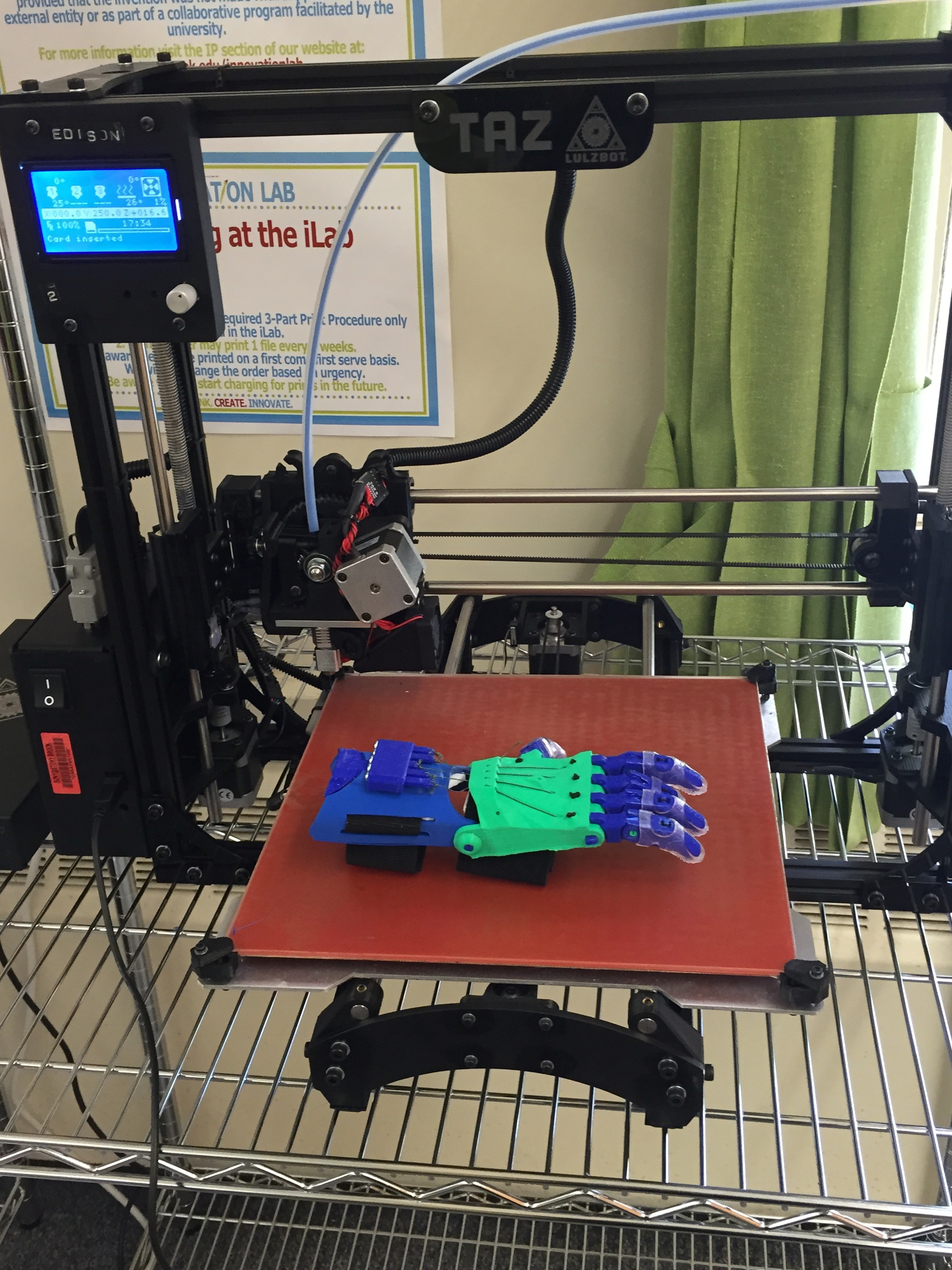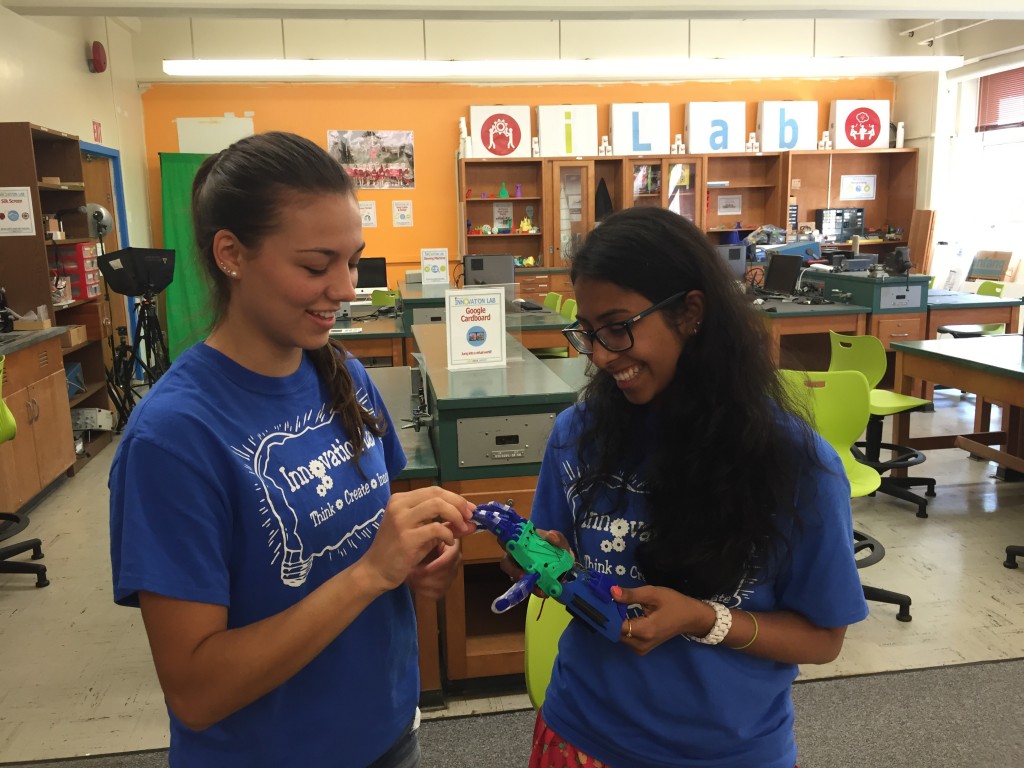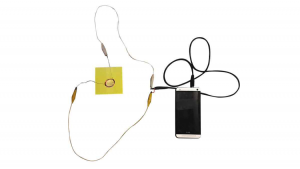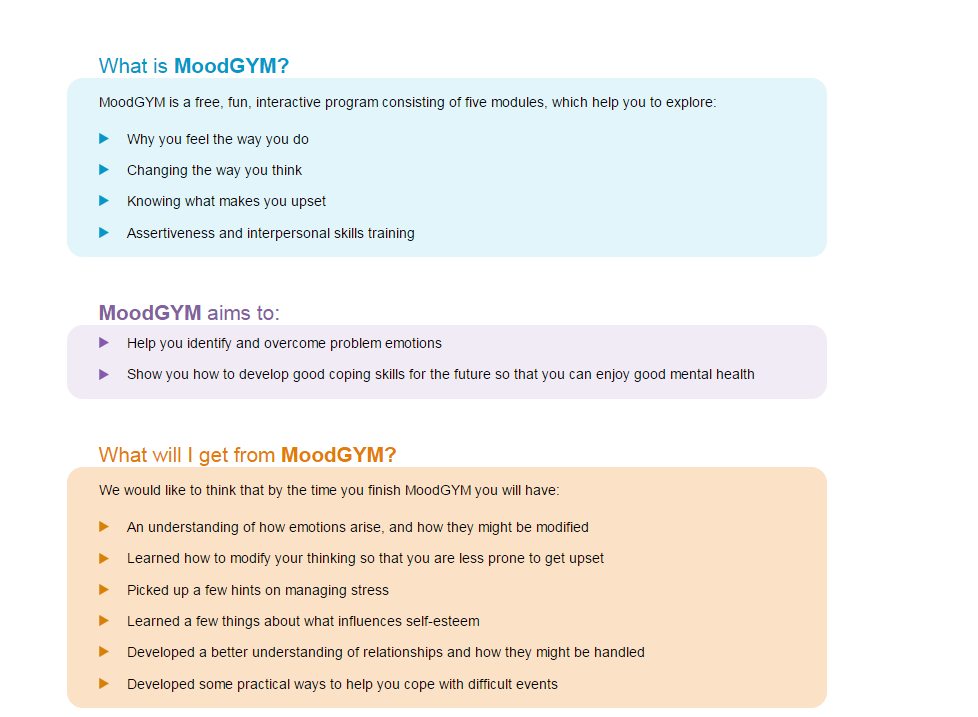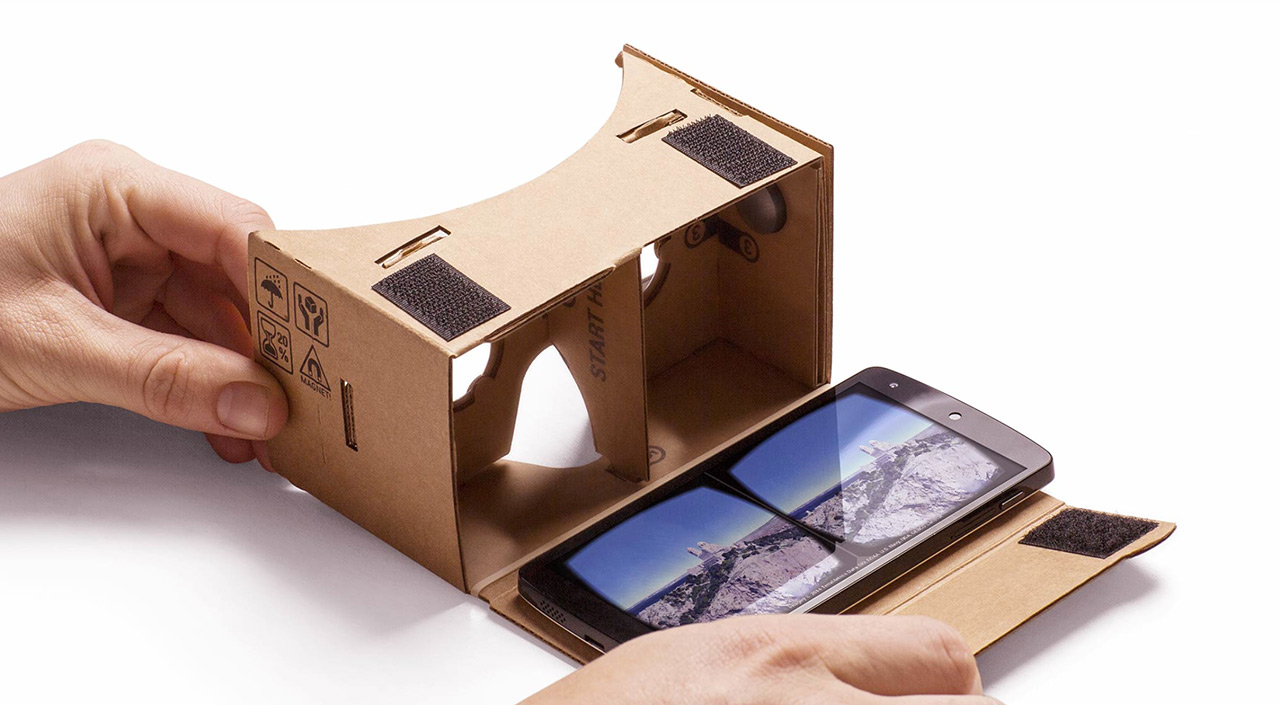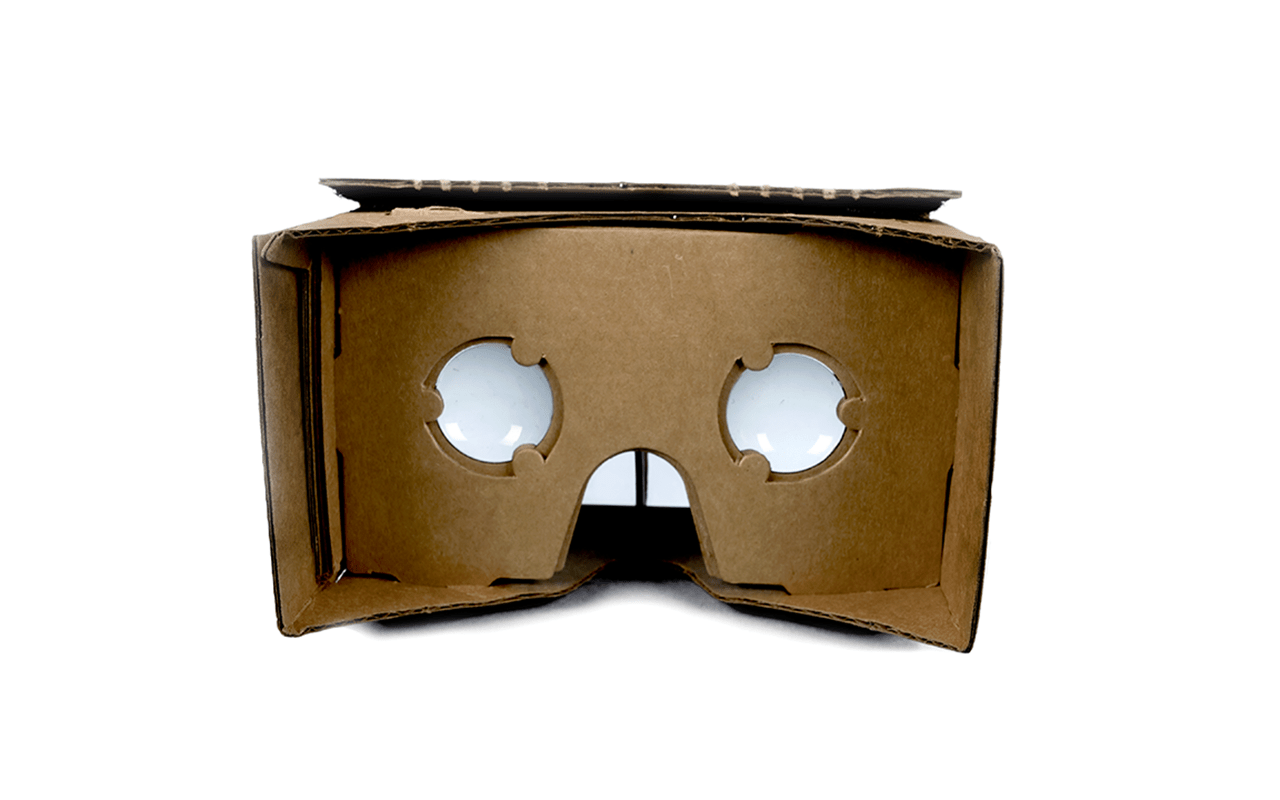Remember as a kid when you used to color in your coloring book? The appeal was either the characters in the book or the fact that you just got a new box of Crayons. Exciting.
Well, things have changed a little since then; recently Disney designed a augmented reality coloring book that allows individual’s to view their work in 3D with the help of a tablet.

Disney has created a new software that takes the image of the character in the coloring book and maps the colors applied by the artist to display a pre-made 3D animation of the character. When developing this product, the developers conducted tests where one can view the coloring book page through an app and watch the character move around in an augmented reality 3D space on the page. Developers choose to use a tablet as the means of viewing the augmented reality because they rely so much on a tap and swipe interface, which means that babies and young children can operate their media devices and navigate through this coloring book.
A cool feature of this app is that it has developed a way of reading the entire recognized image on a curved surface, such as the interior pages of the coloring book. This app does not only have to recognize the boundaries of the object, but the boundaries of the drawing itself, including the colors the crayons apply, even if the page is moving around. Pretty neat, right?
But it gets even better. The image on the page doesn’t show the character from all angles, but with the app and a tablet, you can move 360 degrees around the animated character. Each of the characters from the coloring book were created in 3D modeling software and animated, then, each surface pixel on the model was assigned a corresponding pixel space on the 2D image in the coloring book. Thus, if you color the front of your elephant’s pants blue and the app makes the back of his pants blue as well. Presumably if you decided to color the pants with polka dots, the 3D image would be mirrored to make a full, polka-dotted pants pattern.
You can even boot your app and watch your character get colored in real time. Although, experiments with this have shown that the images created are not 100% accurate to the artist of the characters, the test subjects loved the feature.
Below is a video of the coloring book and app:





